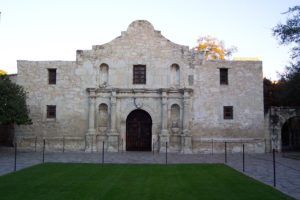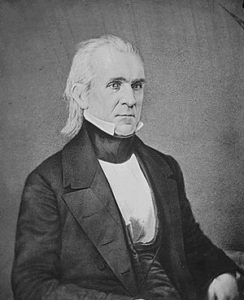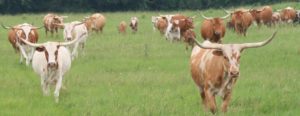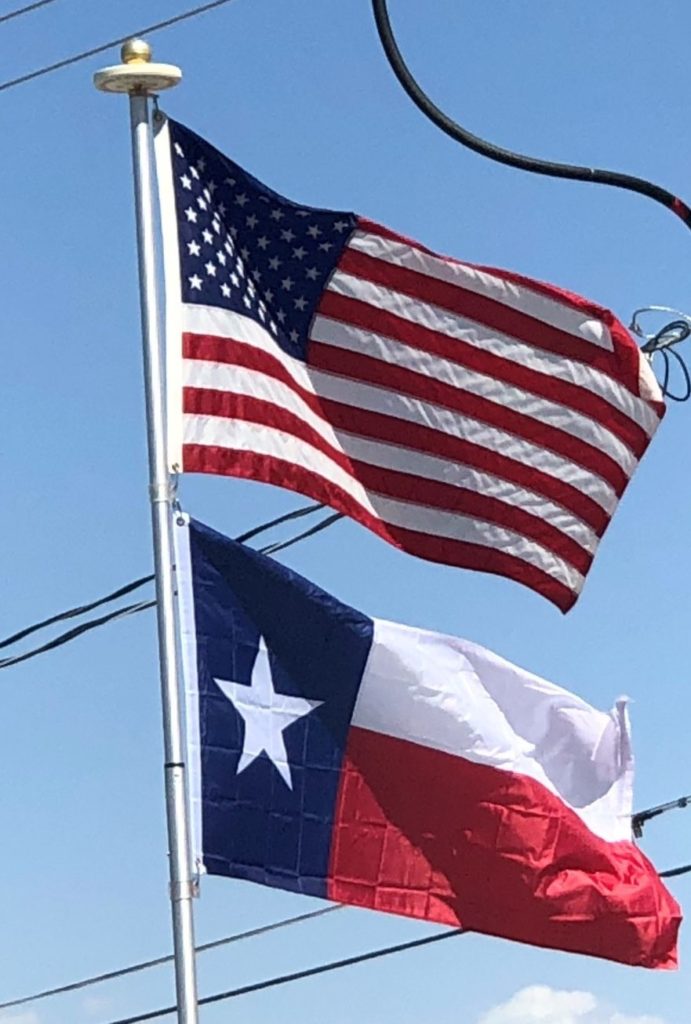
While Texas had won its independence, political battles raged between two factions of the new Republic. The nationalist faction, led by Mirabeau B. Lamar, advocated the continued independence of Texas, the expulsion of the Native Americans, and the expansion of the Republic to the Pacific Ocean. Their opponents, led by Sam Houston, advocated the annexation of Texas to the United States and peaceful co-existence with Native Americans. The conflict between the factions was typified by an incident known as the Texas Archive War.
Mexico launched two small expeditions into Texas in 1842. The town of San Antonio was captured twice and Texans were defeated in battle in the Dawson massacre. Despite these successes, Mexico did not keep an occupying force in Texas, and the republic survived. The republic’s inability to defend itself added momentum to Texas’s eventual annexation into the United States.
Statehood:
As early as 1837, the Republic made several attempts to negotiate annexation with the United States. Opposition within the republic from the nationalist faction, along with strong abolitionist opposition within the United States, slowed Texas’s admission into the Union. Texas was finally annexed when the expansionist James K. Polk won the election of 1844. On December 29, 1845, Congress admitted Texas to the U.S. as a constituent state of the Union, as the 28th state to be admitted.

The population of the new state was quite small at first and there was a strong mix between the English-speaking American settlers that dominated in the state’s eastern/northeastern portions and the Spanish-speaking former Mexicans that dominated in the state’s southern and western portions. Statehood brought many new settlers. Because of the long Spanish presence in Mexico and various failed colonization efforts by the Spanish and Mexicans in northern Mexico, there were large herds of Longhorn cattle that roamed the state. Hardy by nature but also suitable for slaughtering and consumption, they represented an economic opportunity many entrepreneurs seized upon, thus creating the cowboy culture for which Texas is famous. While in the early days of the republic cattle and bison were slaughtered for their hides, soon a beef industry was established with cattle being shipped all over the U.S. and the Caribbean.

After Texas’s annexation, Mexico broke diplomatic relations with the United States. While the United States claimed Texas’s border stretched to the Rio Grande, Mexico claimed it was the Nueces River. While the former Republic of Texas could not enforce its border claims, the United States had the military strength and the political will to do so. President Polk ordered General Zachary Taylor south to the Rio Grande on January 13, 1846. A few months later Mexican troops routed an American cavalry patrol in the disputed area in the Thornton Affair starting the Mexican–American War. The first battles of the war were fought in Texas: the Siege of Fort Texas, Battle of Palo Alto and Battle of Resaca de la Palma. After these decisive victories, the United States invaded Mexican territory ending the fighting in Texas.
